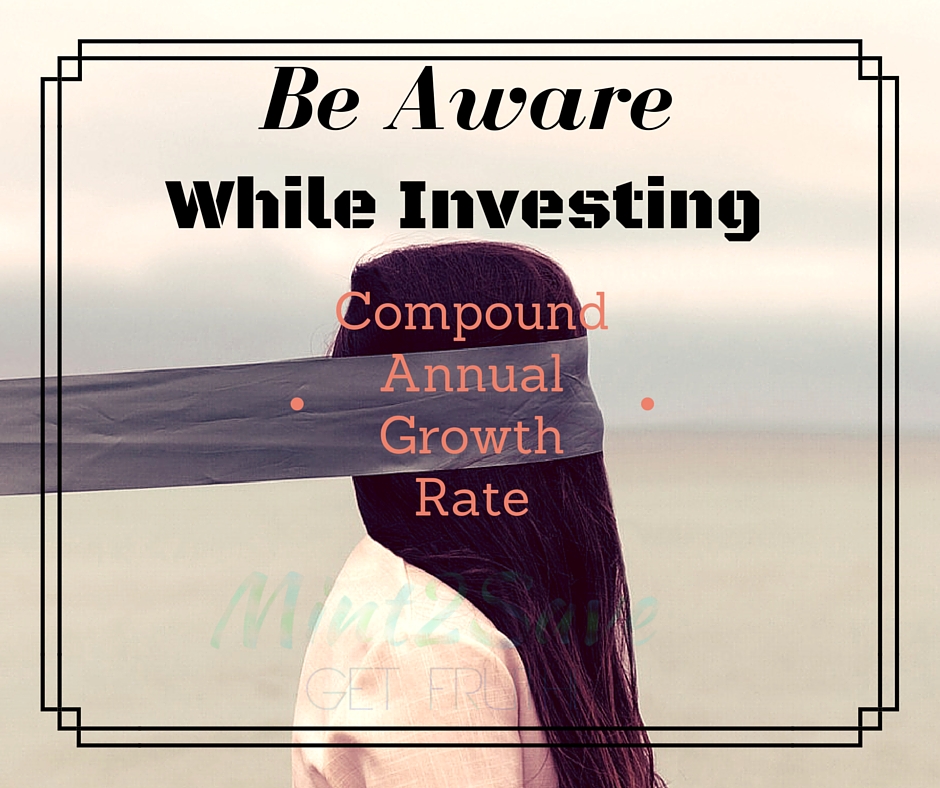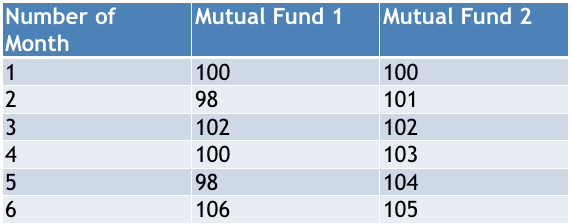Compound Annual Growth Rate
- 12 June 2016 | 1106 Views | By Mint2Save

“Returns”, the sole aim of any investment. Buying a blue chip stock? For good returns? Using SIP for your mutual funds? To get great returns? Even we search for the best education possible so that we can have a great with our devotion of time and money.
Keeping a check on returns is always a wise decision. This helps in deciding whether to keep on investing or to see other options. For equity and bond based investments, returns are tracked through CAGR, or Compound Annual Growth Rate. For any investment, the better the CAGR, better the return of the investment. But if you consider an investment by just having a look at its CAGRs, you might miss a lot of vital information. What does a CAGR mean? How is it going to define your investments? If it is giving all the information regarding returns, what could we miss? Let’s find out in this 5 point guide to CAGR.
- Meaning of CAGR: When one invests in market and equity based financial instruments, he is well aware of the frequent price variance. Hence, depicting the returns on a regular basis is a difficult task to analyse one’s returns. Analysing these investments over a period of time is a fair solution, based on which CAGR has been devised. This means, over a period of time, the change in price is detailed in terms of percentage.
- Mis Selling via CAGR: Let’s take an example of two mutual funds being marketed by the same agent.
The CAGR,when taken on a half-yearly basis, mutual fund 1 would give higher returns than mutual fund 2. This is exactly where it is used to mis market a product. What people miss then is the rapid movement in these mutual funds. Mutual Fund 1, giving a higher CAGR is quite more volatile and risky when compared to Mutual Fund 2, which is having a slow but steady growth.
But, when presented in the CAGR picture, the volatility of the investment gets hidden and an image depicting steady growth rate is shown.
Related Posts
Search
Subscribe to get the best of finance and fintech. Regularly.
Categories
Tags
Popular

- 31 May 2016 | 15617 Views

- 16 June 2020 | 13089 Views

- 19 May 2021 | 12528 Views

- 14 May 2021 | 8430 Views
Recent

- 22 December 2023

- 17 December 2023

- 16 December 2023



